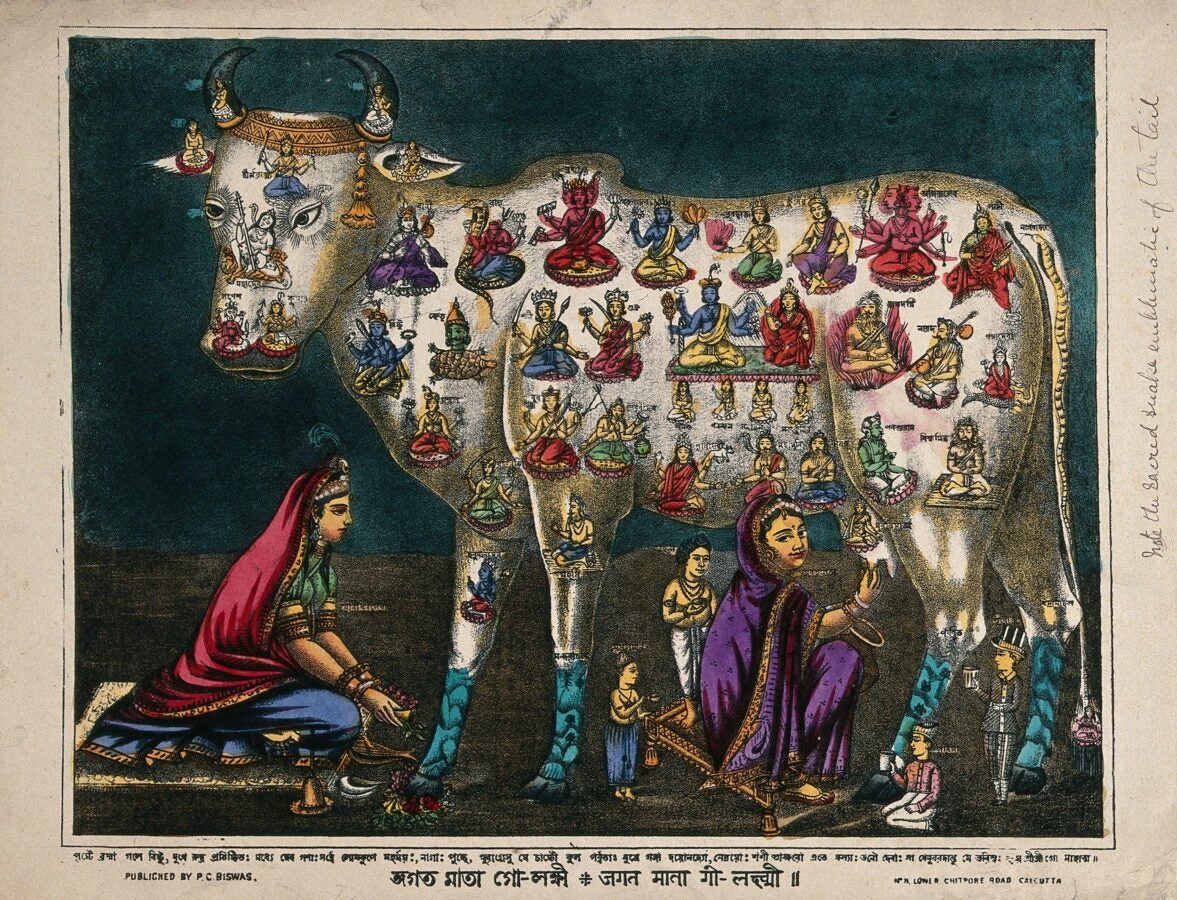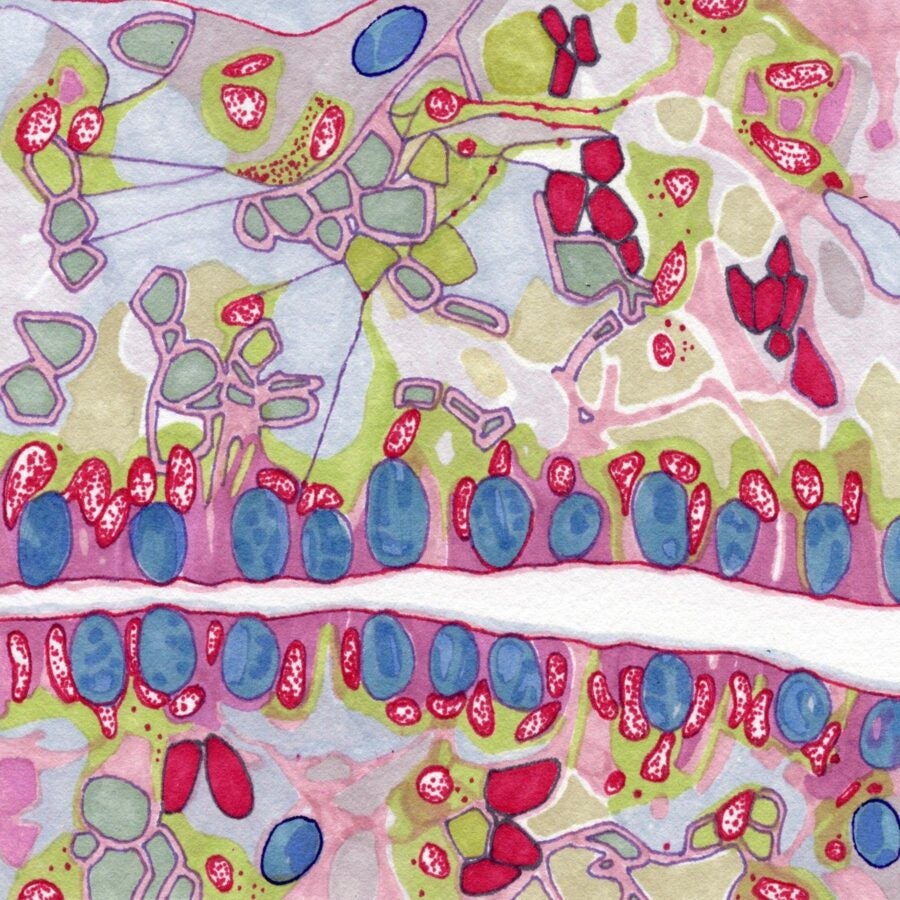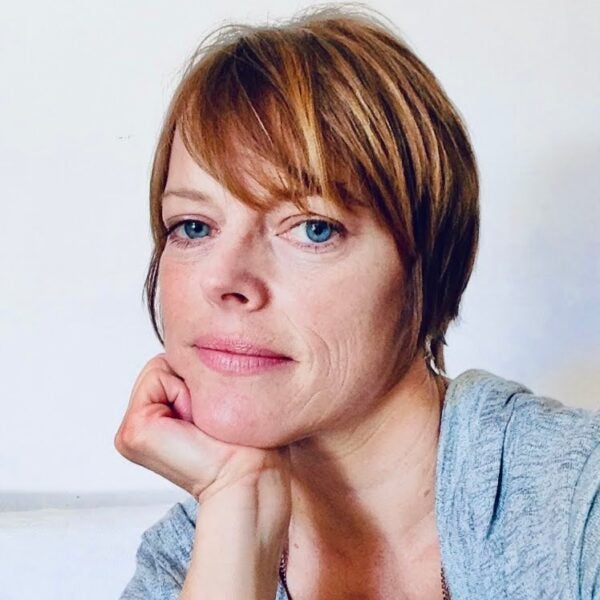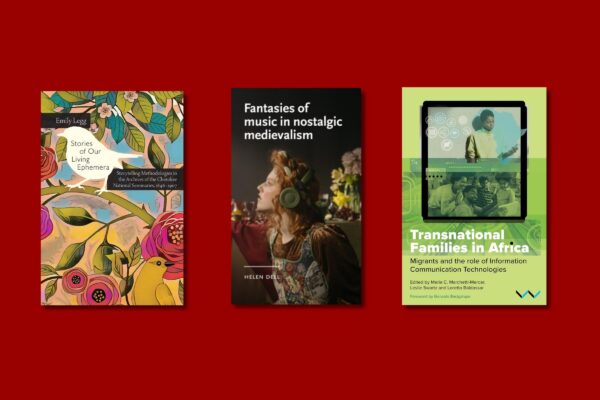
“Learn to Look” offers actionable guidance and sample lesson plans
You and your students see visuals of all kinds every day, but how often do you slow down and really “look” at and consider them?
Visual literacy describes the ability to encounter, seek, interpret, use, and create visual content. If you want to learn to be a more visually literate person, or want to teach your students the valuable skill of visual literacy, the JSTOR Daily column “Learning to Look” and Artstor on JSTOR are excellent places to start.
In “Learning to Look”, Virginia Seymour, Head Librarian of Research and Instruction at Savannah College of Art and Design, takes us progressively deeper into lessons that help us stop and consider how the objects, images, and videos we encounter operate in the world. What is their meaning? Their purpose? How have history, society, and culture shaped this visual content, and how are they shaped by it? Seymour helps students and teachers develop visual literacy skills to unlock a way of learning about and understanding our world that cannot be supplanted by text.
She says in her introductory column,
“In my own classroom, I often watch students struggle with images. They interact with images almost constantly in their daily lives but are hesitant to extract meaning and draw conclusions from them when a text source isn’t provided to verify what they are seeing. Yet images can be one of the richest sources of information and can reveal what text may not.”
Discover a new way of looking

In the column’s twelve posts, Seymour explores a range of lessons that begin with cultivating the art of slow looking, which requires sustained attention and curiosity in the face of visual stimuli. She then poses the question, “What is the difference between a painting and a photograph?” The query encourages us to consider “how a visual medium shapes interpretations of a work’s subject matter,” and the unique perspectives that begin to emerge when viewers bring certain expectations to a medium and its capabilities.
Other posts guide us to think about contextual information and what might be missing in an image, how color communicates meaning and creates visually compelling experiences, the principles of composition, how to interpret the meaning of an image, and ways to understand and use metadata to search for and find exactly the right images for your project.
“Learning to Look” posts are as engaging and compelling as they are enlightening. If you haven’t considered teaching this rewarding skill to your students, Seymour’s column may persuade you of its value and importance. And the images and multimedia available on Artstor on JSTOR offer endless opportunities for visual literacy play, experimentation, and discovery.

Lesson plans and resources you can use
The column provides a robust collection of lessons you can use as a casual, self-guided course in visual literacy, but Seymour also created the following structured lesson plans you can use in your classroom.
- Close Looking with Mystery Images
- Exploring Images In (and Out of) Context
- Connecting Elements of Art to Principles of Composition
- What is a Symbol? Symbolic Imagery Think-Pair-Share
In her post “How to Find and Choose the Best Images for Your Project”, Seymour guides us through the process of identifying what visuals we are looking for before we even begin our search. Why do you need the image? What is your topic? Who created the image? Finding high-quality images, she reminds us, is not just about identifying high-quality image sources, but the exploration that is required before we start looking for those sources. That said, she also provides a list of resources that provide access to high-quality images online—besides Artstor on JSTOR! Seymour suggests:
- The Library of Congress
- AP Newsroom
- Europeana
- Getty Images
- Digital Public Library of America
- Asia Art Archive
- Digital South Asia Library
- South Asia Open Archives (SAOA)
- Trove
- Openverse
Share your visual literacy stories
How do you teach or learn visual literacy using Artstor on JSTOR? Have you created lesson plans that include visual literacy techniques and explorations? Would you like to share those plans, or the insights you’ve gained from using them? If so, please enlighten our community.
We love to hear from you!



